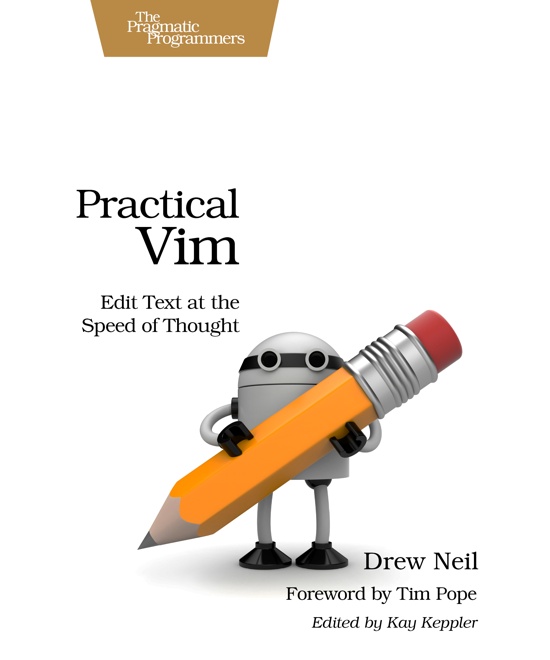In the video, I demonstrate that A plays better with the . command than it’s longhand equivalent: $a. The dot command replays the last edit, but it does not replay motions such as $. The A command compresses the move to line end motion with the append command into a single edit, making the motion implicit, and therefore repeatable with the . command.
The video also demonstrates that c{motion} is a contraction of d{motion}i. Having implicit motion means that the c command also plays well with the dot command.
| Implicit motion command | Longhand equivalent |
|---|---|
c{motion} |
d{motion}i |
C |
d$a |
s |
xi |
S |
^C |
I |
^i |
A |
$a |
o |
$a<CR> |
If you are doing a repetitive task, then composing your brush strokes so that they can be replayed with the dot command can save you a lot of time. Learning these ‘implicit motion commands’ will enable you to exploit the dot command to its fullest.
Further reading
:help vim-modes:help u:help ctlr-r:help .- Graphical cheat sheet - commands marked in red enter insert mode

